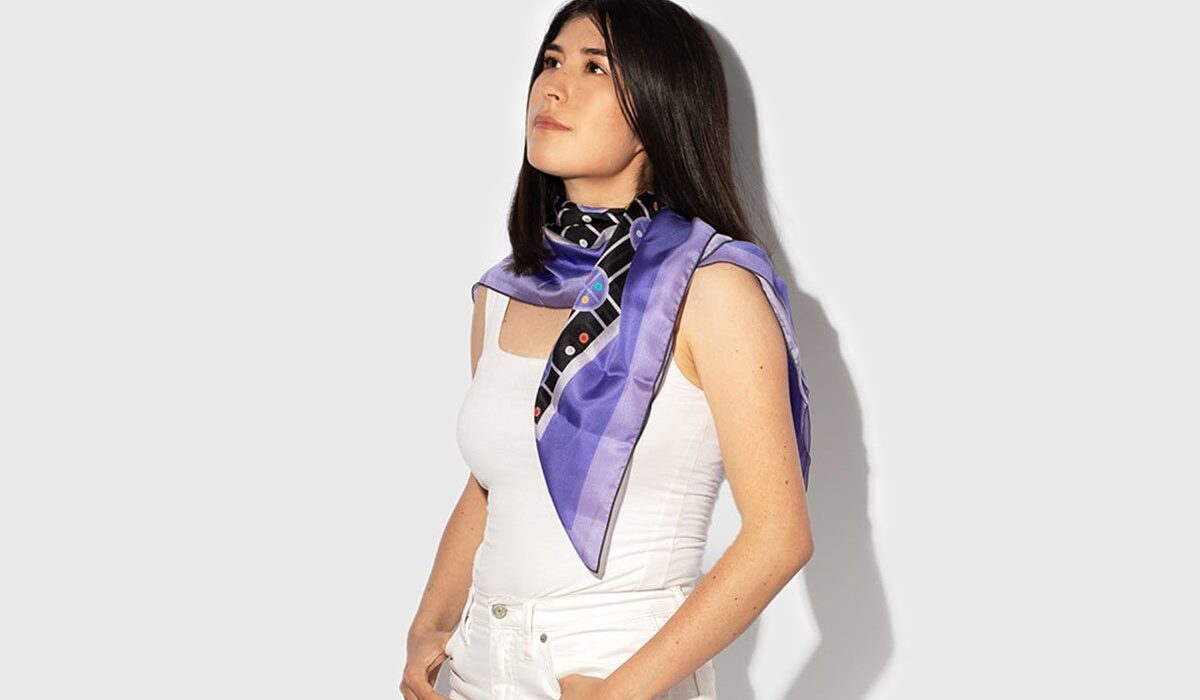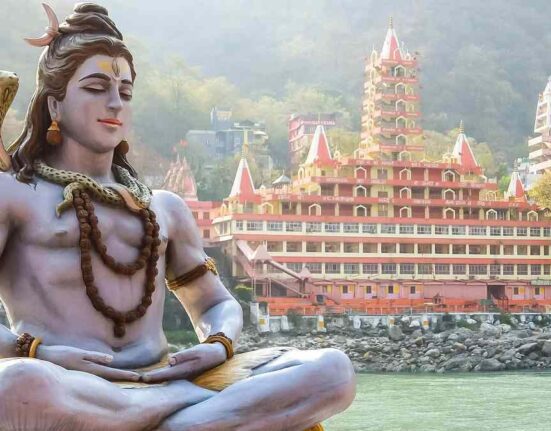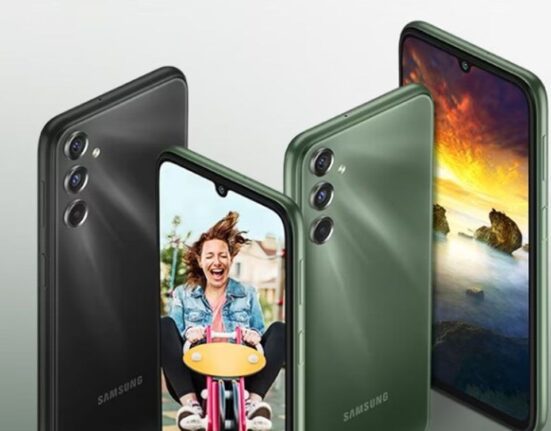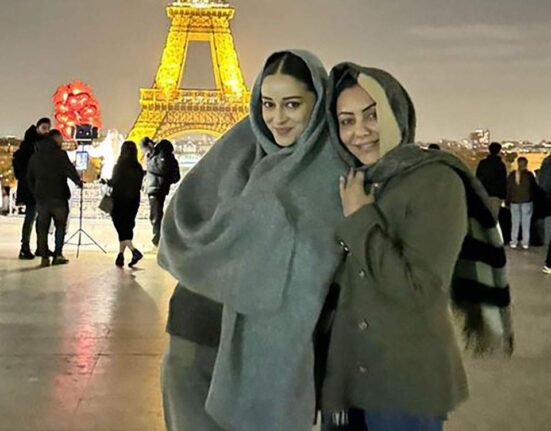This year, Jessica Wiarda, an indigenous artist belonging with the Hopi-Tewa tribe organized and managed the first ever indigenous fashion week in Salt Lake City, Utah. In 2024, she’s doubling down.
Initially, the concept arose through mere casual discussions. According to Wiarda, “the Navajos have their own fashion week”. They suggested bringing together community members living in Salt Lake and having a fashion show there.
She told her friend group that she was serious about fashion week and just the name got some people interested.
According to Wiarda, ” immediately, there were volunteers. Friends called friends who called other friends, and soon we had models, designers; artists-even an emcee. It grew bigger and bigger completely organically”.
Opportunities for self-expression
So when Redhouse Diné designer, Crystal Loya got to participate in Indigenous Fashion Week, he had ended up some dresses and beaded for the powwows he’d been attending. At first, she thought she would have been designing for others and not for herself but later Wiarda requested she model herself.
“I was shy at first, just humbled to be a part of something like this,” Loya says. “As I walked, my shyness turned into, ‘Okay, I got this, this is me. This is my take on powwow: I finished this by writing and saying that a modern northern traditional cloth dancer called ’Proud.’ The Indigenous Woman: Proof. Secondly, pride of participating and thereafter getting elevated to stage in a native fashion show. Supporting and building up the Native community in the Wasatch Front area.”X
Unlike her mother who loved sewing, Loya did not acquire skills of operating the machines until a Middle school home economics class.
My mommy told me ‘if it is not there, create it’; hence, this became my mantra for any readymade item which does not fit for my regalia.
However, not all volunteers were seasoned designers. According to Wiarda, many of those she phoned had to put on garments for the first time in their lives and pose as models.
She claims that all of them had modelled none before adding that the people were very motivated and trusted her probably.
Similarly, Wiarda also gained confidence from the Leonardo who allowed her to book a space capped at a maximum of 250 people. It took just one weekend for all the tickets to be sold.
According to Wiarda, ” people were still reporting to the box office for tickets on that day.”
A gathering of nations
In 2022, she served as the artist-in-residence for Utah Diné Bikéyah and utilized her residual stipend toward organizing a fashion week. The rest was covered by ticket sales, and Wiarda operated the entire enterprise unsubsidised by any grants or sponsorships.
However, that is changing in 2024.
She even says that they already have some sponsoring lined out although neither has the date, place nor even the artiste decided upon.
Wiarda attributes most of their success to making people feel like they belong. Six different tribes—including Hopi, Navajo (or Diné), Ute, Northern Ute, Apache and Anishinaabe Ojibwe—participated at the first fashion week.
However, Wiarda quotes one of the elders as saying “a coming together of nations”. I was glad about that. No one cared what tribe one belonged to during this occasion. We are Indigenous.”
She adds that it is a very unique sensation to experience in Utah.
As a member of the state, you are aware that Indigenous peoples exist around us. Yet, we seldom unite in one area; throughout this night, there were exclamations, “I never knew that you will join in!!,” embracing and socializing among different people. This We have a huge community.”
However, not all the visitors were Native American. Wilarda pushed every citizen to purchase a lot ticket.
That’s where we are currently at as a society — she points out that it is difficult to establish settings where individuals can absorb cultural particular material in safety. Many people fear asking questions. Probably it’s more so with regard to Utah where one specific culture dominates.
Unfortunately, this social climate turned into a misconception, which is as Wiarda stated as ‘misunderstanding about “Indian Art.”’
She states that when working in a booth at Carlf Lake City, I used have white customers tell me they could not afford my work if they purchased it as this is called appropriation. On the contrary, it is something particular to a specific tribe. However, in general, we do not want tie rope ourselves.”
Expanding horizons
Now, this attitude becomes a reality in the form of large event. Wifard, in 2024, will expect to sell approximately five hundred tickets.
She says, “I don’t know what ‘realistic’ is nowadays. I thought 250 would be a difficult target!”
According to Wiarda, having about five weeks time for planning ahead and sourcing funds will enable her put double of her efforts in the preparation of this year’s fashion week, which is expected to be even greater than the previous one. The agenda has so far been adding additions like a unique art market in which creators would present, discuss and sell their work, several small fashion shows as opposed to one big one, and an artist feature series.
Loya also wonders whether she should be doing something more as a designer.
“That would be amazing to come up with one of the lines for 2014 walk from graduation gown to every day dress”, says Kris. “As long as it will be personal, my friends would definitely approve.” The regalia would be custom, though; I won Powwow regalia as it is called is a rite of passing in the powwow world. “I sew and bead because there are those with no one [doing it for them].
That being said, a daily wear line would be a larger undertaking for Loya and estimates the cost of materials as high.
Asked about the challenge, she says, I am just one-person beading, sewing and going out to source materials and supplies. The challenge would be epic but definitely worth the end result.
Empowering the next generation
Says Wiarda, this is a generation event.
She states that ”a lot of Indigenous communities are very reluctant in sharing anything”. “Going back to when my grandma and mother grew up if you spoke your tongue you got severely beat, or dressed up in a traditional way one was also whipped. It is not a hurt we have known personally, but one handed down to us by this new generation. We’re not as afraid anymore.”
The largest lesson that Wiarda has discovered throughout her journey of making Indigenous Fashion Week was how vital confidence in herself is.
She opines that you may find yourself thinking, “I am not yet prepared to exhibit my artworks, to design something, or trying out things.” But if you have a goal you must go for it because I have witnessed my own dream come true.
Click for more Top headlines news.







